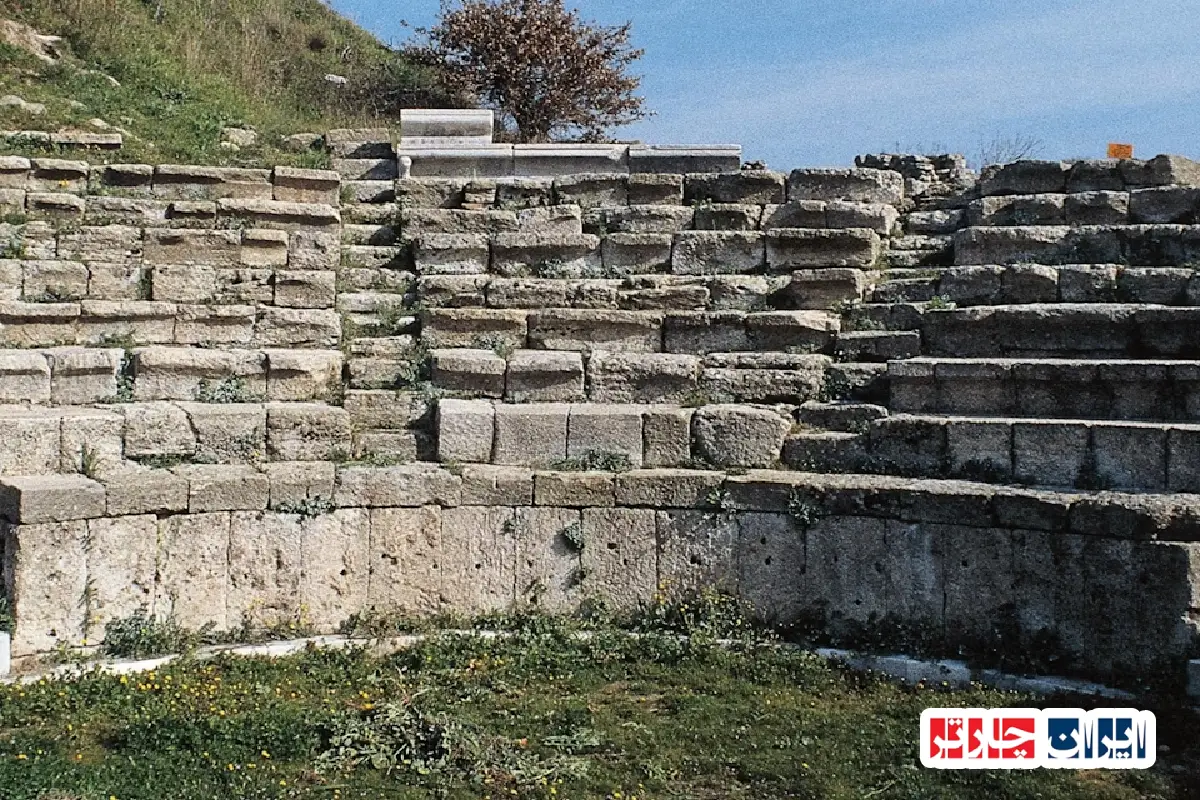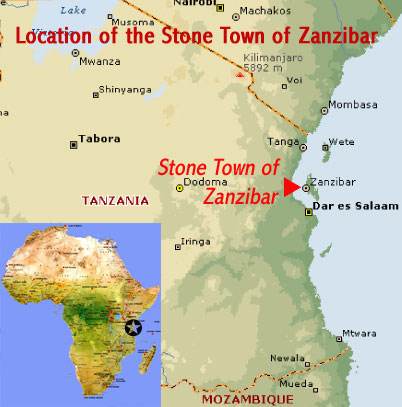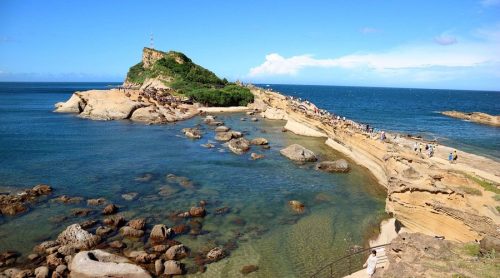Discover the Rich History and Archaeological Significance of the Troy Archaeological Site in Çanakkale Province Turkey
The Troy Archaeological Site-Iran Charter stands as one of the most remarkable and historically significant locations in Çanakkale Province Turkey. This ancient city, with its layers of history spanning thousands of years, offers invaluable insights into early civilizations, trade routes, and cultural exchanges that shaped the region. Visitors and researchers alike are drawn to its well-preserved ruins, which tell stories of legendary battles, sophisticated architecture, and vibrant daily life from different eras. Exploring the site provides a unique opportunity to connect with the past and understand the profound influence of Troy on regional and global history. The site’s strategic location near the Dardanelles Strait underscores its importance as a hub of commerce and military activity throughout antiquity. Preservation efforts continue to safeguard this UNESCO World Heritage site, ensuring that future generations can appreciate its archaeological wealth and cultural legacy. Whether you are an enthusiast of ancient history or a curious traveler, the Troy Archaeological Site in Çanakkale Province Turkey remains a must-visit destination that embodies the enduring legacy of human civilization.
The Rich History and Geography of Troy Archaeological Site in Çanakkale Province, Turkey
The Troy Archaeological Site in Çanakkale Province, Turkey, boasts a history spanning over four millennia, situated strategically along the Aegean coast near the Dardanelles Strait. This ancient city represents one of the earliest contacts between Anatolian civilizations and the wider Mediterranean world, playing a pivotal role in early trade and cultural exchanges. Its location, close to vital maritime routes, made Troy a significant hub for commerce, military campaigns, and cultural development throughout antiquity. The site’s diverse layers of occupation reveal continuous settlement and evolving architectural styles, reflecting the dynamic history of the region. Extensive archaeological excavations have uncovered remnants of ancient city walls, temples, and residential structures, offering invaluable insights into early urban planning and societal organization. The geographical setting—adjacent to rivers and open to the sea—enabled Troy to serve as a vital port and trading center, fostering interactions with neighboring civilizations and contributing to its UNESCO World Heritage status. Its strategic position not only influenced regional history but also cemented its importance in the broader narrative of ancient civilizations. Today, the site remains a testament to human ingenuity and resilience, attracting scholars and tourists alike who seek to understand its historical significance. The combination of its rich history and geographical importance makes Troy in Çanakkale a cornerstone of Turkey’s archaeological and cultural heritage.
Unveiling the Layers: Archaeological Discoveries and Subsurface Excavations at Troy in Çanakkale
The archaeological excavations at Troy have revealed multiple stratified layers, each representing distinct periods of occupation, construction, and cultural development. These layers, built upon one another over centuries, showcase the evolution of urban life, defensive architecture, and societal complexity. Underneath the surface, archaeologists have uncovered defensive walls, public buildings, and private dwellings, each with unique construction techniques and materials. Artifacts such as pottery, metal tools, and figurines have been excavated from various strata, providing a vivid picture of daily life, trade practices, and religious beliefs of ancient Troy’s inhabitants. Advanced technologies like ground-penetrating radar and 3D imaging have enabled researchers to explore beneath the surface without intrusive digging, revealing hidden structures and buried city sections. These discoveries help reconstruct the city’s original layout, its expansion phases, and the reasons behind its eventual decline. The stratigraphy also indicates periods of destruction and rebuilding, often linked to warfare or natural disasters. Such detailed insights deepen our understanding of Troy’s historical timeline and its role in regional conflicts and alliances. The ongoing excavations continue to uncover new layers, adding to the rich tapestry of Troy’s archaeological record. Each artifact and structural remnant contributes to a comprehensive understanding of the city’s complex history and its influence on ancient civilizations.
The Myth and Reality: Troy’s Role in Ancient Legends and Civilizations in Çanakkale
Troy’s legendary status is rooted in Greek mythology, especially in Homer’s Iliad, where it is depicted as the city besieged during the Trojan War. While these stories are rooted in myth, archaeological evidence suggests that Troy was indeed a significant city that played a crucial role in regional politics and warfare. Throughout history, Troy served as a strategic military and trading outpost, facilitating cultural exchanges between the East and West. Its prominence in ancient texts and inscriptions indicates its influence on regional diplomacy and commerce. The legendary Trojan War, whether historical or mythological, has inspired countless works of art, literature, and modern media, cementing Troy’s place in cultural consciousness worldwide. The city’s strategic location allowed it to control key maritime routes, making it a coveted prize for invading armies and trading powers alike. Today, the stories of Troy continue to inspire scholars, artists, and storytellers, blending myth with archaeological findings to craft a compelling narrative of human history. The city’s mythic and historical significance underscores its enduring legacy as a symbol of resilience, conflict, and cultural exchange across civilizations.
Architectural Marvels and Structural Features of Troy in Çanakkale
The architecture of Troy reflects advanced engineering and urban planning across various periods. Massive city walls, some over 10 meters thick, protected the city from invasions, showcasing sophisticated defensive strategies. The gates, constructed with large stone blocks and reinforced with wooden elements, exemplify the engineering skills of ancient builders. Public structures such as temples, assembly halls, and palaces reveal a high level of craftsmanship, with intricate stone carvings and decorative elements. Residential buildings ranged from simple dwellings to elaborate mansions, indicating social stratification. The use of local limestone and mud bricks, along with innovative construction techniques, highlights the technological capabilities of Troy’s inhabitants. Recent technological analyses, including 3D reconstructions and material studies, have provided detailed insights into construction methods and architectural evolution. These structures not only served practical purposes but also symbolized the city’s power and cultural identity. Preserving these architectural features is vital for understanding ancient urban life and architectural innovation in the region. The site’s architectural diversity illustrates Troy’s importance as a cultural and military center over centuries.
Unique Artifacts and Cultural Finds from Troy in Çanakkale
Excavations at Troy have yielded a wealth of artifacts that illuminate the artistic and cultural practices of its ancient residents. Among the most significant discoveries are beautifully crafted pottery, which displays diverse styles and motifs, reflecting trade influences and local traditions. Metal objects, including weapons, jewelry, and tools, reveal technological advancements and aesthetic preferences. Small figurines and statues, often depicting deities or mythological scenes, offer insights into religious beliefs and rituals. Unique jewelry pieces made of gold, silver, and semi-precious stones highlight the craftsmanship and wealth of Troy’s elite. Decorative items such as seals, amulets, and amulet plaques demonstrate the symbolic and spiritual significance attributed to everyday objects. These artifacts, housed in local museums and research centers, serve as tangible links to the city’s past, helping historians and archaeologists piece together its social hierarchy, trade networks, and cultural identity. The preservation and study of these items continue to enrich our understanding of ancient Troy’s artistic achievements and daily life.
Trade, Diplomacy, and Cultural Exchanges of Troy in Çanakkale
Throughout its history, Troy was a vital nexus for regional trade routes, facilitating exchanges between Anatolia, the Aegean, and beyond. Its strategic position allowed it to control maritime and land routes, making it a key player in regional diplomacy and commerce. Artifacts from distant regions found at Troy indicate active trade with civilizations such as the Mycenaeans, Hittites, and Egyptians, demonstrating its role as a melting pot of cultures. Diplomatic relations often involved the exchange of luxury goods, religious artifacts, and technological innovations, fostering mutual influence. The city’s port was bustling with merchant ships, and its markets were vibrant centers of economic activity. These interactions not only enriched Troy’s material culture but also contributed to the spread of ideas, religious beliefs, and artistic styles across civilizations. Modern research continues to uncover evidence of these extensive networks, emphasizing Troy’s importance as a cultural and commercial bridge. Understanding these connections helps us appreciate the city’s role in shaping regional history and its lasting legacy in cross-cultural interactions.
Challenges, Discoveries, and Behind-the-Scenes Stories of Troy’s Archaeological Excavations in Çanakkale
The archaeological work at Troy has faced numerous challenges, including natural erosion, previous unscientific excavations, and limited funding. Despite these obstacles, ongoing efforts have led to significant discoveries that shed light on the city’s ancient past. Stories of accidental finds, international collaborations, and innovative excavation techniques highlight the dedication of archaeologists working at the site. Advances in technology, such as remote sensing and digital mapping, have revolutionized the way excavations are conducted, allowing for more precise uncovering of buried structures and artifacts. Behind the scenes, researchers often work in difficult conditions, balancing preservation with exploration, and navigating bureaucratic and logistical hurdles. These stories of perseverance and discovery underscore the importance of protecting Troy’s cultural heritage for future generations. Each new find, from pottery shards to monumental walls, adds a piece to the complex puzzle of Troy’s history. The ongoing excavations continue to inspire curiosity and deepen our understanding of this legendary city’s past.
The Significance of Troy in UNESCO World Heritage and Preservation Efforts in Çanakkale
Designated as a UNESCO World Heritage site, Troy’s preservation is a global responsibility aimed at safeguarding its archaeological and cultural integrity. International cooperation has led to the development of conservation projects, site management plans, and visitor facilities that respect the site’s historical value. Preservation efforts focus on controlling tourism impact, preventing erosion, and restoring damaged structures using authentic materials and techniques. Educational programs and community involvement are integral to raising awareness about Troy’s significance and ensuring sustainable tourism. The site’s inclusion in the UNESCO list has also attracted funding and expertise from around the world, supporting scientific research and conservation initiatives. Protecting Troy ensures that future generations can experience its historical grandeur and cultural richness firsthand. These efforts highlight the importance of balancing tourism development with heritage conservation, maintaining Troy’s status as a symbol of human civilization’s resilience and creativity.
Travel Tips and Recommendations for Visiting Troy Archaeological Site in Çanakkale
Visitors planning to explore Troy should prepare by checking opening hours, guided tour options, and accessibility details. Visiting during spring or autumn offers milder weather and a more comfortable experience. It’s advisable to wear comfortable shoes and bring sun protection, as much of the site involves walking outdoors. Guided tours can enhance understanding of the site’s history, architecture, and artifacts, making the visit more enriching. Respect for the site’s integrity is essential; avoid touching or removing artifacts, and follow designated pathways. Photography is generally permitted, but flash photography should be avoided to protect delicate surfaces. Combining the archaeological visit with a trip to nearby museums provides a comprehensive understanding of Troy’s history. Planning enough time for exploration ensures a memorable experience, and engaging local guides can offer unique insights. Proper preparation enhances the visit, allowing visitors to appreciate the significance of Troy as a cultural and historical treasure.


Frequently Asked Questions about Troy Archaeological Site in Çanakkale, Turkey
- What is the historical significance of Troy in Çanakkale?
- Troy in Çanakkale holds a vital place in ancient history due to its strategic location along key trade routes. With a history spanning over four thousand years, it served as a major hub for commerce, military campaigns, and cultural exchanges between Anatolia and the wider Mediterranean region. Its archaeological layers reveal continuous settlement, reflecting its importance in early civilizations and its role in shaping regional history.
- What have excavations at Troy uncovered?
- Excavations have uncovered multiple layers of occupation, including city walls, temples, residential structures, and artifacts like pottery, tools, and figurines. Advanced technologies such as ground-penetrating radar have helped reveal hidden structures beneath the surface, providing insights into the city’s development, destruction phases, and urban planning over centuries.
- Is there a connection between Troy and Greek mythology?
- Yes, Troy is famously linked to Greek mythology, especially through Homer’s Iliad, which describes the Trojan War. While some stories are mythological, archaeological evidence confirms Troy’s historical significance as a powerful city involved in regional conflicts and alliances, blending myth with historical facts.
- What are the main architectural features of Troy?
- The city features massive defensive walls, some over 10 meters thick, with impressive gates built from large stone blocks. Public buildings such as temples and palaces showcase skilled craftsmanship, while residential structures vary from simple homes to elaborate mansions, reflecting social stratification and technological advancement.
- What notable artifacts have been found at Troy?
- Artifacts include beautifully decorated pottery, metal tools, jewelry, figurines, seals, and religious objects. These items reveal artistic styles, trade influences, religious practices, and social hierarchy, offering a tangible connection to Troy’s ancient inhabitants.
- How did Troy influence regional trade and diplomacy?
- Strategically positioned, Troy controlled important maritime and land routes, facilitating trade with civilizations like the Mycenaeans, Hittites, and Egyptians. Its port and markets were centers of economic activity, fostering cultural exchanges and diplomatic relations that impacted regional history.
- What challenges have archaeologists faced during excavations?
- Natural erosion, previous unscientific digs, and limited funding posed obstacles. However, modern techniques like remote sensing and digital mapping have improved excavation accuracy. Researchers often work under difficult conditions, balancing preservation with exploration, and overcoming bureaucratic hurdles.
- How is Troy protected today?
- As a UNESCO World Heritage site, Troy benefits from international conservation efforts. Preservation includes controlling tourism impact, restoring damaged structures with authentic materials, and raising public awareness through educational programs, ensuring its protection for future generations.
- What are the best times to visit Troy?
- Spring and autumn offer mild weather, making outdoor exploration more comfortable. Visitors should wear suitable footwear, bring sun protection, and consider guided tours for a richer understanding of the site’s history and architecture.
- Are there facilities for tourists at Troy?
- Yes, the site provides visitor centers, guided tour options, and informational signage. Nearby museums display artifacts and offer additional context, enhancing the overall experience.
- Can I take photographs at Troy?
- Photography is generally permitted, but flash photography should be avoided to protect delicate surfaces. Always follow site rules and guidelines to ensure preservation.
- How does Troy contribute to Turkey’s cultural heritage?
- Troy is a cornerstone of Turkey’s archaeological and cultural identity. Its preservation and study promote tourism, education, and international recognition, highlighting Turkey’s rich ancient history and its role as a cradle of civilization.
- What ongoing research is happening at Troy?
- Researchers continue to use advanced technologies to uncover new layers and artifacts, aiming to better understand Troy’s urban development, decline, and its interactions with neighboring civilizations. Each discovery adds depth to our knowledge of ancient history.
- Why is Troy considered a UNESCO World Heritage site?
- Its outstanding universal value lies in its archaeological significance, historical importance, and cultural influence. Preservation efforts ensure that Troy remains a symbol of human ingenuity and resilience for future generations.
- What should visitors keep in mind when exploring Troy?
- Respect the site by following guidelines, avoid touching artifacts, and stay on designated pathways. Planning ahead, wearing comfortable clothing, and engaging with guides can enhance your experience and help preserve this invaluable cultural treasure.
























